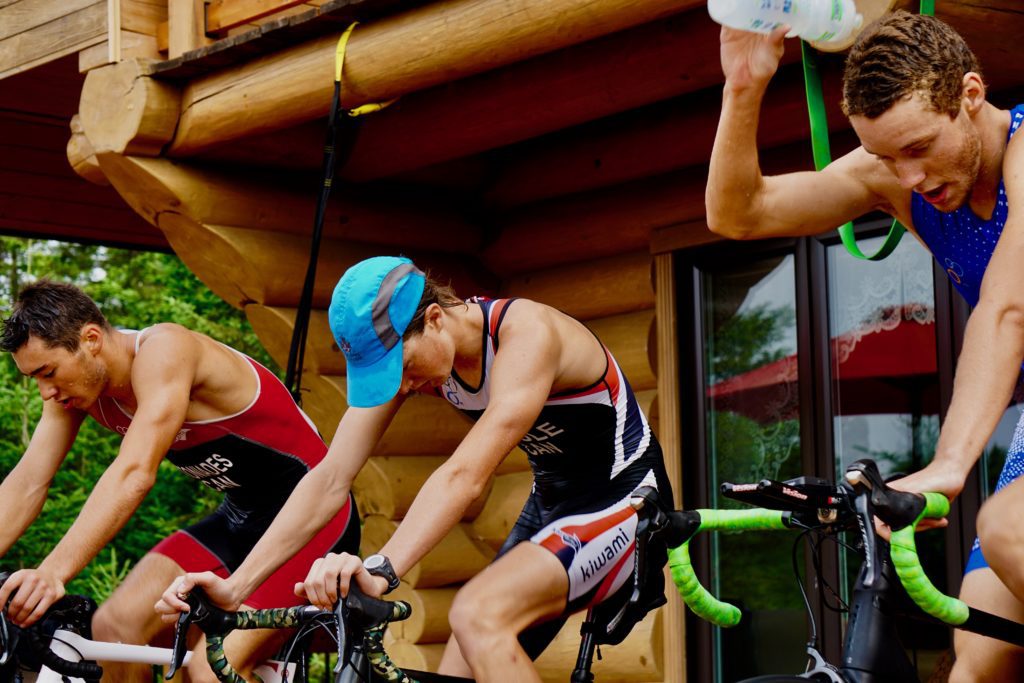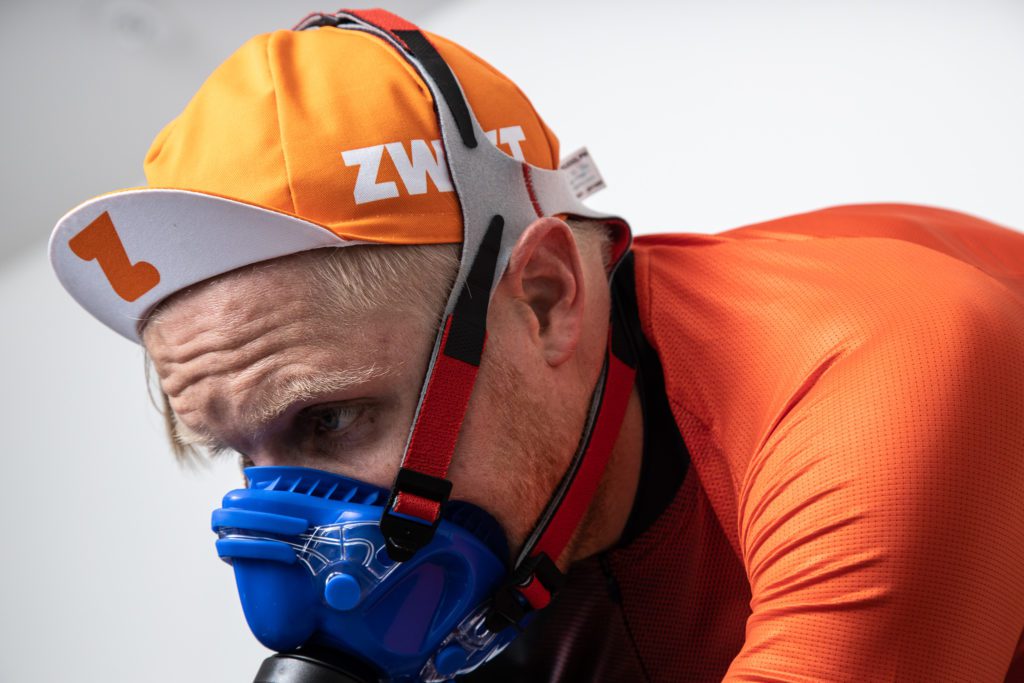The physiology behind our improvements in endurance
There's more to this than what meets the eye. Here's a brief look into how your body responds to training.

In a review published in Sports Medicine (2018), researchers set out to define how manipulating key parameters of endurance training can influence the functionality of muscles and the respiratory system, thus giving us insight into how our bodies adapt to training.

Becoming more efficient
With repetitive endurance training, many physiological adaptations take place. Because endurance training comes in a variety of forms – i.e. high-intensity interval training, lactate threshold (tempo) training, and long-distance training – these different sessions can work synergistically to significantly improve an individual’s work efficiency. This enables an athlete to work longer at a given intensity, or work at a higher intensity for a given time. This also represented by a measured increase in maximal oxygen uptake (VO2 max), exercise economy, lactate threshold and oxygen uptake kinetics.
Related: How to best use your offseason and avoid injury

Changes in muscle fibre content and functionality
These improvements occur due to an increase in mitochondrial content and respiratory capacity of the working muscles. This increase is largely due to muscle fibre switching. While the general population has roughly an even split of type I (endurance) and type II (sprint) muscle fibres, endurance athletes have significantly more type I muscle fibres than the general population.
To increase the expression of type I muscle fibres and mitochondria, the stimulus (endurance training) must act on an individual’s DNA – gene expression. The activator of interest is PGC-1 alpha. This transcription coactivator is responsible for stimulating mitochondrial biogenesis, glucose uptake, fatty acid oxidation and fibre type switching. PGC-1 alpha activation occurs when working muscles become depleted of ATP (which occurs with training). Along with PGC-1 alpha, other transcription factors such as PPAR delta are activated. Together these transcription factors induce a remodelling of skeletal muscle to increase endurance.
Published in Medicine & Science in Sports & Exercise (2000) researchers explained that as a result of more type I muscle fibres being present, there is an increase in mitochondrial enzyme activity, thus improving oxygen extraction from the circulating blood. With more oxygen being extracted from the blood, less lactic acid accumulates for a given VO2. This improves submaximal performances (i.e. lactate threshold).

Related: Your indoor training menu
Red blood cells and vessels
While mitochondrial content is important, the abundance of red blood cells and blood vessels is also critical. Two important factors are Hypoxia Inducible Factor (HIF) and Vascular Endothelial Growth Factor (VEGF).
HIF is a family of proteins that, under low-oxygen environments, for example, high-intensity interval training, modulate gene activity. The genes that are modulated by HIFs stimulate red blood cell production and production of glycolytic enzymes (use glucose to make ATP). Both are important mechanisms when considering endurance sports. More red blood cells mean more oxygen to working muscles, and more glycolytic enzymes mean greater flux of glucose to make ATP.
Vascular endothelial growth factor, VEGF, is a gene that promotes vascularization. More blood vessels mean more ways to get oxygenated blood to working muscles. Oddly enough, VEGF is upregulated with PGC-1 alpha activation. Therefore, by putting the body in a stressful situation like endurance training, which depletes the body of ATP and oxygen, the body is forced to adapt.
Related: Is lighter faster? Is lighter healthier?

The significance of submaximal values
While many athletes may reach a genetic ceiling, they can still significantly improve their submaximal values. A study conducted in 2000 and later published in the Japanese Journal of Physiology confirmed this by monitoring the changes in metabolic and neuromuscular measurements of professional male cyclists throughout a season. They found no improvement in their maximal measurements, however, they did find a decrease in the accumulation of blood lactate at submaximal efforts. This finding is aligned with a five-year longitudinal study published in the British Journal of Sports Medicine (1998), where a world-class female 3000m-distance runner was monitored to study the changes in physiological parameters and their effect on running performance. The study concluded that there was an improvement in running performance without an improvement in VO2 max. However, there was a substantial improvement in submaximal measurements including running economy and lactate threshold.
So, there’s more happening within your body than what meets the eye. Your muscles are always responding to the training stimulus you put them under. With consistent training, those metabolic changes will present themselves in your next fitness test, weigh-in or big race.
